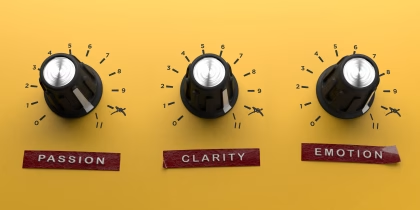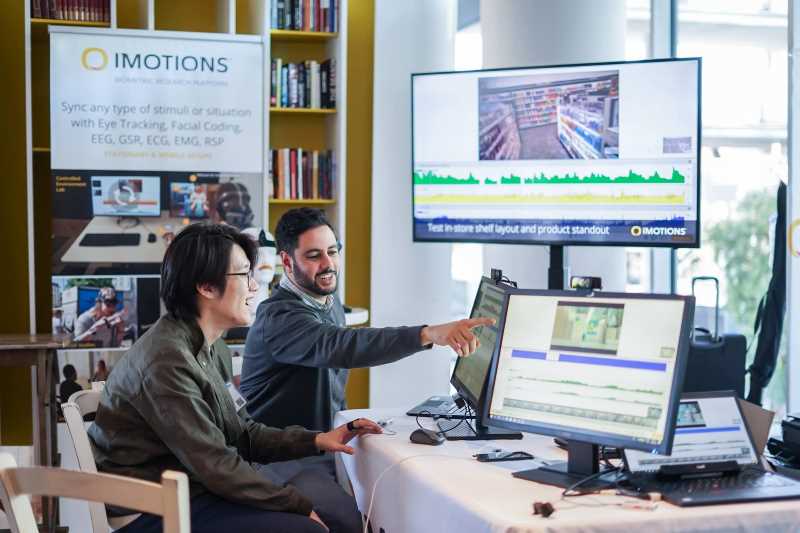Abstract: Urban planners and designers use visual preference surveys to gather public opinion on potential designs for developments. Using eye-tracking technology, we administered a visual preference survey to a convenience sample to evaluate quantitatively the ways in which individuals process and rank images used in public settings for urban planning. We combined both a subjective qualitative analysis with quantitative evaluation of the eye-tracking data. The analysis largely confirms that various new urbanist components of the images, namely people, pedestrian features, and greenery, lead to higher rankings. Images with cars and parking receive negative rankings. Buildings, which are a key component of architectural design, had mixed results. The analysis demonstrates the efficacy of visual preference surveys. We show a way for transportation and urban planners to extract greater value from visual preference surveys, consistent with efforts to increase pedestrian activity while reducing motor vehicle traffic in cities.
Related Posts
-

Your Menu Is Your Most Powerful Marketing Asset
Consumer Insights
-

Measuring Pain: Advancing The Understanding Of Pain Measurement Through Multimodal Assessment
Ergonomics
-

Feeling at Home: How to Design a Space Where the Brain can Relax
Ergonomics
-

Why Dial Testing Alone Isn’t Enough in Media Testing – How to Build on It for Better Results
Consumer Insights



